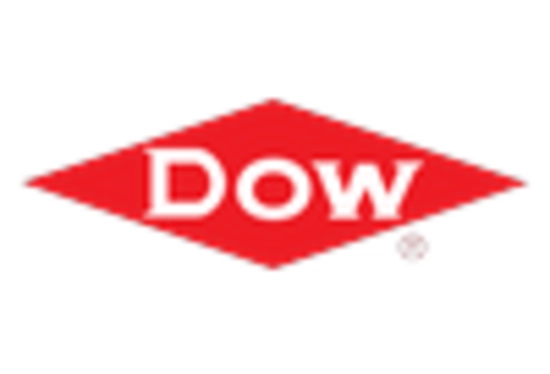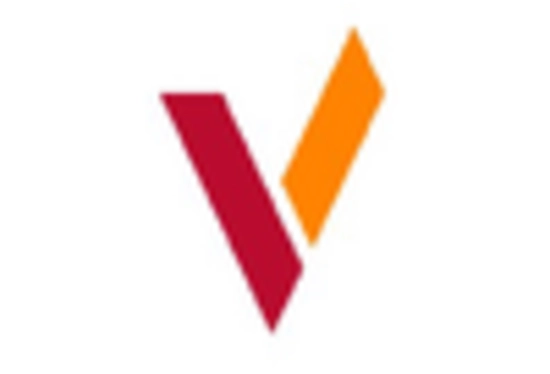Market Trends
Key Emerging Trends in the Silicone Structural Glazing Market
The silicone structural glazing market has seen several trends and developments that have shaped it and impacted the construction sector today. One such trend is an increase in demand for energy-efficient green buildings. In recognition of environmental concerns, designers are resorting to using silicone structural glazing within their plans to realize low-power-consuming structures. Additionally, there is a growing preference for modernized designs that are pleasant when viewed from the outside. It allows for extensive glass facades with no joints, thus giving buildings an elegant modern look. Architects like looking at what can be achieved through silicone glazing since they come up with innovatively designed, visually impressive buildings. Also, fueling demand for silicone structural glazing is ongoing growth in the construction industry coupled with urbanization trends worldwide. As cities expand and skyscrapers become more prevalent, there is an increasing need for advanced building materials that can withstand the rigors of urban environments. Furthermore, advancements in silicone glazing technology have played a pivotal role in market trends, too. Some manufacturers have specifically allocated funds towards enhancing performances and features related to products based on silicones. Improved adhesion, weather resistance, and thermal efficiency, among others, have been key areas where improvements have been made, making architectural-grade silicones an even more attractive option for architects & builders. Cost-effectiveness is also a major factor that drives the market trends of silicone structural glazing. In the first place, though, the upfront costs may be higher than in the case of traditional building materials. However, in the long run, reduced energy costs and limited maintenance expenses make it more economical over its lifespan. Another indicator of market trends in silicone structural glazing can be found in the stringency of building codes, rules, and regulations. Safety and performance standards for buildings are becoming even more important for governments and regulatory authorities. The market trends of silicone structural glazing show an increasing shift to sustainable, green, aesthetically pleasing, and technologically advanced solutions. As the construction industry develops further, silicone glazing will play a crucial part in fulfilling the needs for contemporary, energy-efficient structures that comply with the law.








Leave a Comment